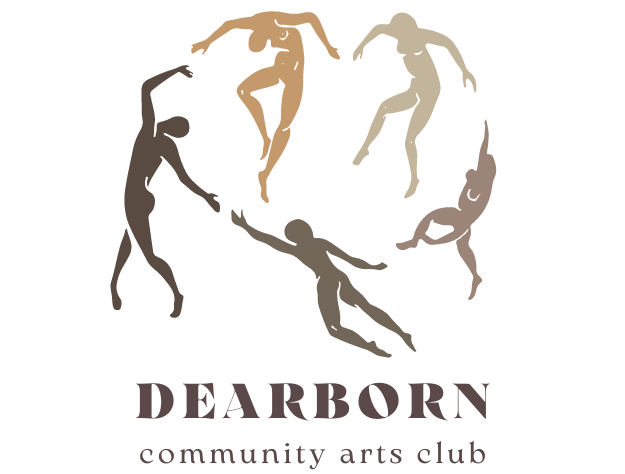Vaping isn’t just a replacement for cigarettes anymore.
It’s a whole culture. A language. A community. For some, even an identity.
Walk into a vape shop, join a Telegram group, or hang around the comments under a cloud-chasing video, and you’ll notice: there’s something bigger going on.
But what, exactly, is it?
Let’s take a closer look—without the hype, and without pretending everyone should care.
It Started Quietly
At first, vaping was mostly about quitting smoking. That was the pitch.
You’d find tiny cig-a-like devices with weak batteries and bland flavors. Most smokers didn’t switch. The experience just didn’t cut it.
But as the technology improved, so did the appeal.
Devices got smaller. Then they got stronger. Flavor started to matter. So did the design.
And somewhere along the way, people stopped comparing vapes to cigarettes—and started seeing them as something entirely different.
That’s when it became a scene.
The Community Built Itself
Most products live or die by their marketing.
Vaping didn’t.
It grew by word of mouth. By posts. By videos of people exhaling clouds the size of a small car.
People asked questions. Others answered. Reviews popped up. Tutorials followed. Whole Reddit threads explained how to clean a tank or mix a custom flavor.
That kind of user-built knowledge is rare. It’s also the reason so many vapers feel loyal to their devices. Because they didn’t just buy a product—they joined a tribe.
A Drag 4 user might never touch a Caliburn G2. Not because one is better—but because each represents a different style.
That’s where the culture kicks in.
The Role of Design (Yes, It Actually Matters)
It’s easy to assume that looks are just… well, looks.
But design does something subtle. It tells you what the device is for.
- A disposable vape says: “I’m here for convenience.”
- A Drag 4 says: “I’m built for performance.”
- A pod like the Xlim Go says: “I’m low-key, but I still care about flavor.”
That message shapes behavior.
Someone holding a sleek Oxva Xlim Pro might vape discreetly between meetings. Someone with a huge cloud-chasing setup is probably using it to unwind after work.
These signals become part of the culture, whether we notice them or not.
The Flavor Obsession
Here’s something funny: ask a vaper what they’re using, and nine times out of ten they’ll tell you the flavor before they tell you the device.
Because flavor is personal. It’s emotional. And once you find one that hits right, it’s hard to switch.
VGOD liquid built its reputation not on massive bottles or flashy ads, but on a profile that felt different. It didn’t just taste sweet—it had depth. It lingered. It made you want to vape more slowly.
And now? Flavor is one of the main reasons people stay with vaping.
Not nicotine.
Not clouds.
Flavor.
That shift explains why even in vape Egypt shops, you’ll find entire shelves dedicated to taste: fruity, creamy, icy, spicy, candy-like—you name it.
Because for many users, the goal isn’t to quit something. It’s to enjoy something.
The Rules Are Unspoken, But Real
Like any subculture, vaping has its own etiquette. Some of it makes sense. Some of it’s… well, kind of ridiculous.
But it’s there.
You don’t blow clouds in people’s faces.
You don’t trash someone’s device choice—especially if it’s their first.
You do offer to share liquids with friends (if you know them well).
You don’t ask strangers, “How much did that cost?”
You nod if you spot someone using the same model you’re holding. Kind of like when two bikers pass each other on the road.
It’s subtle. It’s low-key. But these little cues build a sense of belonging.
And that, more than anything else, is why the culture stuck around.
Why Some People Still Don’t Get It
To an outsider, vaping can look like a trend that went too far.
They see teenagers with cloud machines, or adults obsessing over coil builds, and they think: “This is just smoking with extra steps.”
And sure—some parts of the culture are excessive.
But dismissing all of it means missing what it gives people:
- A ritual that replaces a worse one.
- A hobby that’s social, creative, and hands-on.
- A way to unwind that doesn’t smell like burnt tobacco.
- A space to connect with others who’ve gone through the same transitions.
It’s not about glorifying vaping. It’s about understanding it before judging it.
Where the Scene Goes from Here
Every year, the scene changes a little.
Disposables still dominate sales, but refillable devices are growing fast again.
Regulations tighten in one country, loosen in another. Online shops open, then get blocked, then move to new domains.
But the community? It’s still building.
In Egypt, for example, the vaping scene has exploded. Not just in Cairo, but in Alexandria, Mansoura, even smaller towns. You’ll find local Telegram groups where users talk about Caliburn G2, Drag 4, or what’s in stock this week.
The conversations feel real. Honest. Sometimes chaotic. But that’s what makes it authentic.
There’s no central leader. No marketing team in charge. Just people sharing what works for them.
That’s not just culture. That’s resilience.
If You’re New, Don’t Be Afraid to Start Small
The pressure to get the “best” device is real. But unnecessary.
You don’t need the highest wattage or the latest release. You don’t need to understand airflow resistance or nicotine salt chemistry.
You just need something that feels right in your hand—and gives you a flavor you enjoy.
Maybe that’s a disposable vape. Maybe it’s a Caliburn. Maybe you’ll end up building coils and swapping tanks in six months.
Or maybe not.
Either way, it’s your call. That’s the whole point.
Final Words (Without the Fluff)
Vaping isn’t a movement. It’s not a revolution. It’s not saving the world.
But for millions of people, it’s made life a little better. A little calmer. A little tastier.
And that, sometimes, is enough.
